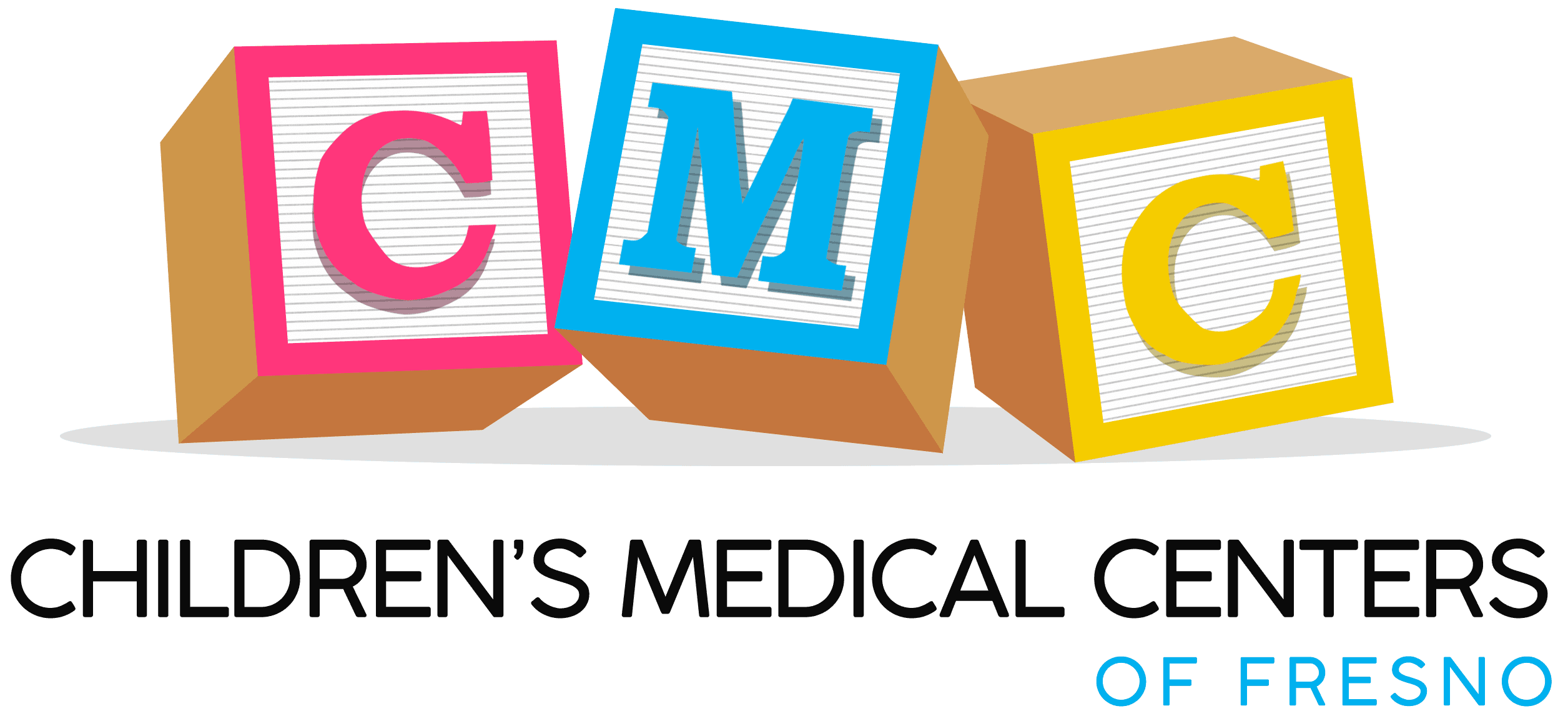Childhood vision impairment is a barrier many children face that hinders their ability to learn efficiently. Untreated conditions can contribute to poor academic performance, an increased risk of injury, and long-term severe eye conditions.
In light of AMD/Low Vision Awareness Health Month, it is a good time for parents to learn more about their children’s vision. This article provides an overview of what causes visual impairment, its different kinds, and what you can do to support healthy vision development.
What Is Visually Impaired?
It’s the loss of visual acuity (the sharpness of the eyesight), or a problem with the eye’s anatomy, resulting from certain conditions that affect a child’s ability to see clearly—the degrees of visual impairment range from mild vision loss to total blindness.
The term “visually impaired” is often used to describe a person with some usable vision but not average sharpness. A person with minimal vision loss may only need glasses or contacts, while someone with more severe vision loss may use adaptive devices to help them function at home and in school.
There are two types of vision impairment: refractive and functional.
- Abnormalities cause refractive problems in the shape of the eye or the way it focuses light.
- Functional problems occur when damage to the eye prevents light from being converted into signals to the brain.
Vision impairment can be caused by many factors, including certain genetic conditions, premature birth, and eye diseases such as cataracts, macular degeneration, or glaucoma. other health problems that affect the brain or nervous systems, such as cerebral palsy, strokes, or brain tumors, can also cause childhood vision impairment
Some causes of visual impairment can be corrected, and some are permanent. Examples of temporary causes are cataracts and refractive errors (such as astigmatism), while examples of permanent causes are juvenile macular degeneration, albinism, and optic nerve damage from congenital glaucoma.
Types of Visual Impairments in Children
The term visual impairment encompasses a broad range of conditions. These include the following.
Myopia (Nearsightedness)
This is a common condition where you can see objects close up but have trouble with objects farther away. Myopia typically develops around school age and progressively worsens throughout adolescence. Myopia is often hereditary, so if your child has it, there’s a good chance that you do too.
Hyperopia (Far-sightedness)
Hyperopia affects distance vision where objects nearer appear blurry and objects far are clear. It usually isn’t noticed until preschool age because most young infants can focus on things far away or close up pretty easily.
Amblyopia (Lazy eye)
This vision problem occurs when the eye sends a blurry image to the brain, which causes the brain to ignore the image. The visual pathway connecting the affected eye to the brain becomes weaker and eventually stops working altogether.
Strabismus (Crossed eyes)
Strabismus means that one or both eyes turn inward or outward instead of looking straight ahead.
Nystagmus (Wobbly eyes)
This type of vision problem occurs when the eyes make repetitive, uncontrolled movements due to a problem with the brain or inner ear.
Astigmatism
Astigmatism is an irregularity in the shape of the eye that causes blurred or distorted vision at all distances. Astigmatisms are usually inherited and occur at birth.
Cataracts
A vision impairment where there is clouding of the lens inside the eye that blocks light from reaching the retina, causing blurred or distorted vision. Cataracts can be congenital or develop later in life.
Glaucoma
This condition occurs when there is damage to the optic nerve due to increased pressure within the eye or other causes, glaucoma can result in blindness if left untreated. Glaucoma can be congenital or develop later in life.
How Do You Know If Your Child Has Vision Problems?
Some vision problems are easy to spot. For example, if your child has strabismus, their eyes may point in different directions. If they have glaucoma, you’ll notice a change in the color of the iris. Cataracts cloud the eye’s lens and cause your child’s eyes to look white or gray.
Other vision problems are not so easy to see. Symptoms can be subtle, so you need to be attentive to how they react to various situations. Some signs that there might be a problem with your child’s eyesight include:
- squinting, blinking, or rubbing eyes frequently
- sensitivity to light or glare
- tilting their head to see better
- having headaches
- has trouble recognizing faces
- sitting too close to the screen or holding a book too close
- avoiding coloring and other close work
- not seeming to hear when spoken to
- covering or closing one eye when doing near-vision activities like reading
- dizziness
- they appear clumsy or uncoordinated
- poor hand-eye coordination (such as catching a ball)
If your child has any of these symptoms, schedule an appointment with your pediatrician. Your pediatrician may then refer you to an eye doctor (ophthalmologist) for further evaluation.
Timely Diagnosis and Treatment Can Save Your Child’s Vision
Early diagnosis of childhood vision impairment is critical to your child’s development. Taking your child to an eye doctor for a comprehensive eye examination will benefit their health in the long run. Children should have their first eye examination between six and nine months of age, at least once between two and five years of age, and annually as soon as they start school.
Your child can still have this test done even if they cannot read. The eye doctor can evaluate vision and eye health using animals, shapes, and other child-friendly methods. Early intervention can help improve functional vision, language, and learning skills – providing children with the tools they need to achieve academically and socially.
Tips to Keep Your Child’s Eyes Safe & Healthy
By taking a few simple measures, you can significantly reduce your child’s risk for eye problems and potentially prevent permanent damage.
- Minimize screen time for children. Don’t let them use devices in dimly lit areas as well.
- Eat a healthy diet rich in fruits and vegetables, especially leafy greens like kale and spinach.
- Wear sunglasses during outdoor activities. When shopping for shades, look for ones with 100 percent UV protection. You should also look for sunglasses that block UVA and UVB radiation and HEV or blue light emitted by digital devices.
- Encourage your children to wear protective eyewear when participating in sports, especially sports that use projectiles (like baseball or racquetball)
- Keep the eyes clean. Teach your children to wash their hands often and not rub their eyes.
Takeaway
Uncorrected vision problems in children can prevent them from reaching their full educational potential. Parents must take an active role in their children’s eye care and treatment, including seeking out expert help when needed. A visit to the optometrist can help ensure that your child maintains healthy eye habits and minimizes their risk for vision issues down the road.
Read our blog for more tips on your child’s health and well-being, or call CMCFresno at (559) 455-1500. You can also schedule an appointment online on our main page. For those interested in telemedicine, please click here.



